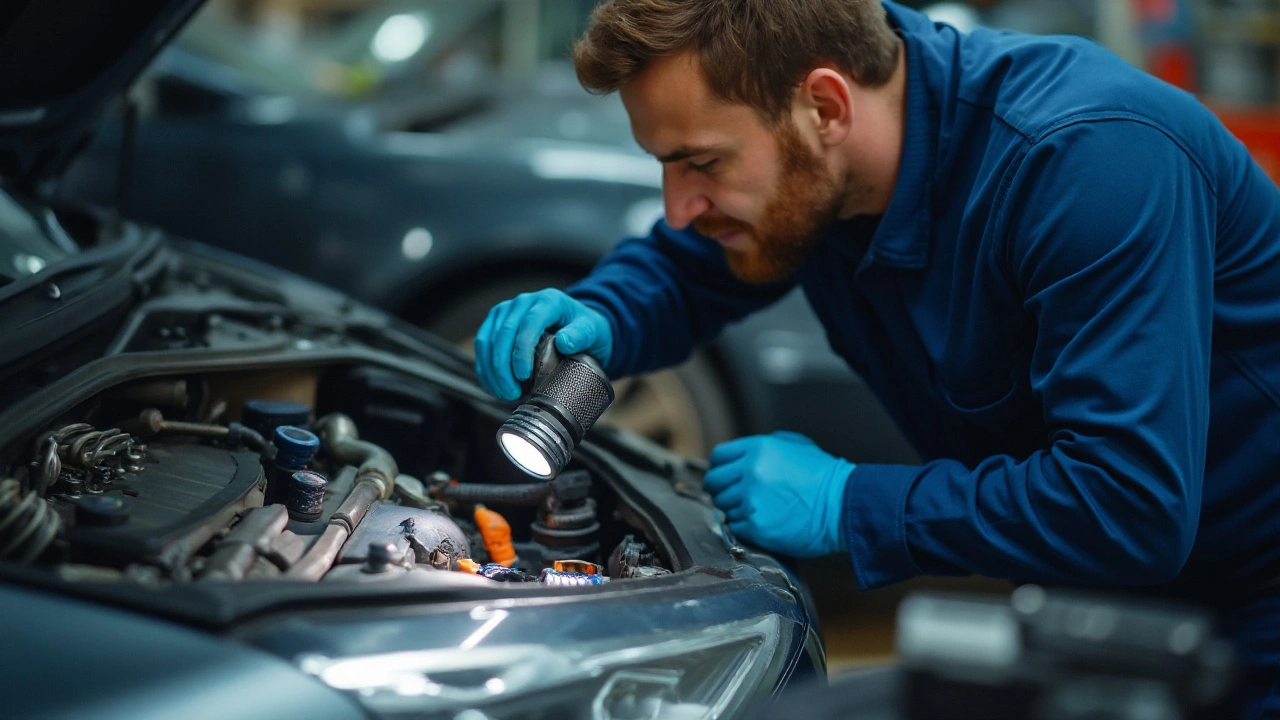Fuel Pump Issues – Diagnose, Fix & Avoid Costly Repairs
When dealing with fuel pump issues, problems that stop fuel from reaching the engine efficiently. Also known as fuel delivery problems, they can cause stalling, hard starts, or loss of power. Understanding the fuel pump, the component that pushes gasoline from the tank to the engine is the first step. A clogged fuel filter, the screen that traps debris before fuel reaches the pump often lowers pressure, while a faulty fuel pressure test, a diagnostic tool that measures how much pressure the pump delivers reveals the exact shortfall. In short, fuel pump issues encompass low pressure, erratic delivery and electrical failures, and they require proper diagnosis before any repair.
Common Causes & Quick Checks
The most frequent culprit is a dirty or clogged fuel filter – replace it and you may restore normal pressure instantly. Next, inspect the fuel pump relay, the switch that tells the pump when to run; a stuck relay can shut the pump off even if the pump itself is fine. If the engine cranks but never fires, a weak pump or low pressure often shows up as a sluggish idle or hesitation under load. Performing a basic fuel pressure test at the rail gives you a numeric value to compare with the manufacturer’s specifications – that’s the fastest way to confirm whether the pump, filter, or wiring is at fault. Remember, a failing pump can also be caused by contaminated fuel, which wears internal components and reduces efficiency.
When the simple checks don’t solve the problem, it’s time to look deeper. Electrical issues such as corroded connectors or a bad ground can mimic pump failure, so clean all terminals and verify voltage at the pump harness. If the pump still runs low, the internal impeller may be worn – that’s when replacement becomes more cost‑effective than endless troubleshooting. Replacing a pump with fuel still in the tank is possible, but draining the tank reduces fire risk and makes the job cleaner; the decision often hinges on the vehicle’s design and personal comfort. Lastly, keep an eye on related symptoms like a strong fuel smell, engine sputtering during acceleration, or the check‑engine light flashing – they usually point back to the fuel delivery system.
Below you’ll find a curated set of articles that walk through each of these steps in detail. From diagnosing a failing pump without a full swap to understanding when an empty tank is truly necessary, the collection gives you practical, UK‑focused advice you can apply today. Dive in to see real‑world fixes, cost estimates and the tools you’ll need to keep your car’s fuel system humming.

Common Reasons Behind Fuel Pump Malfunctions and How to Prevent Them
Jan 28 2025 / Car MaintenanceFuel pumps play a critical role in ensuring a vehicle's engine runs smoothly by delivering fuel from the tank to the engine. However, several factors, such as contaminants, overheating, and electrical issues, can lead to their failure. Understanding these causes can help drivers prevent malfunctions, which can save costly repairs or replacements. This article explores common causes of fuel pump issues and offers practical solutions to keep them in good working condition.
VIEW MORE